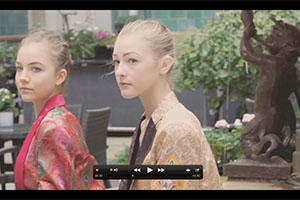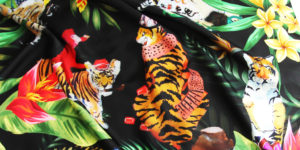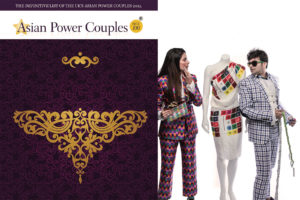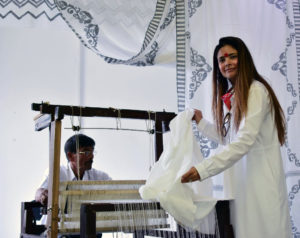East meets west in more ways than one in this London-based designer’s works
As published in Architectural Digest
Born and bred in the Maximum City, designer Neishaa Gharat might be a resident of London now, but this Mumbai-girl still remains firmly grounded in her roots. And that’s something that’s best seen in her work. Her brand House of Gharats fuses east and west, where bold colours meet fresh patterns in a variety of garments, accessories and artefacts, all conceived by Gharat, but executed in traditional techniques by Indian textile craftsmen. How does a niche and essentially Indian design brand work in a global city like London? AD gets the talented young designer’s perspective.
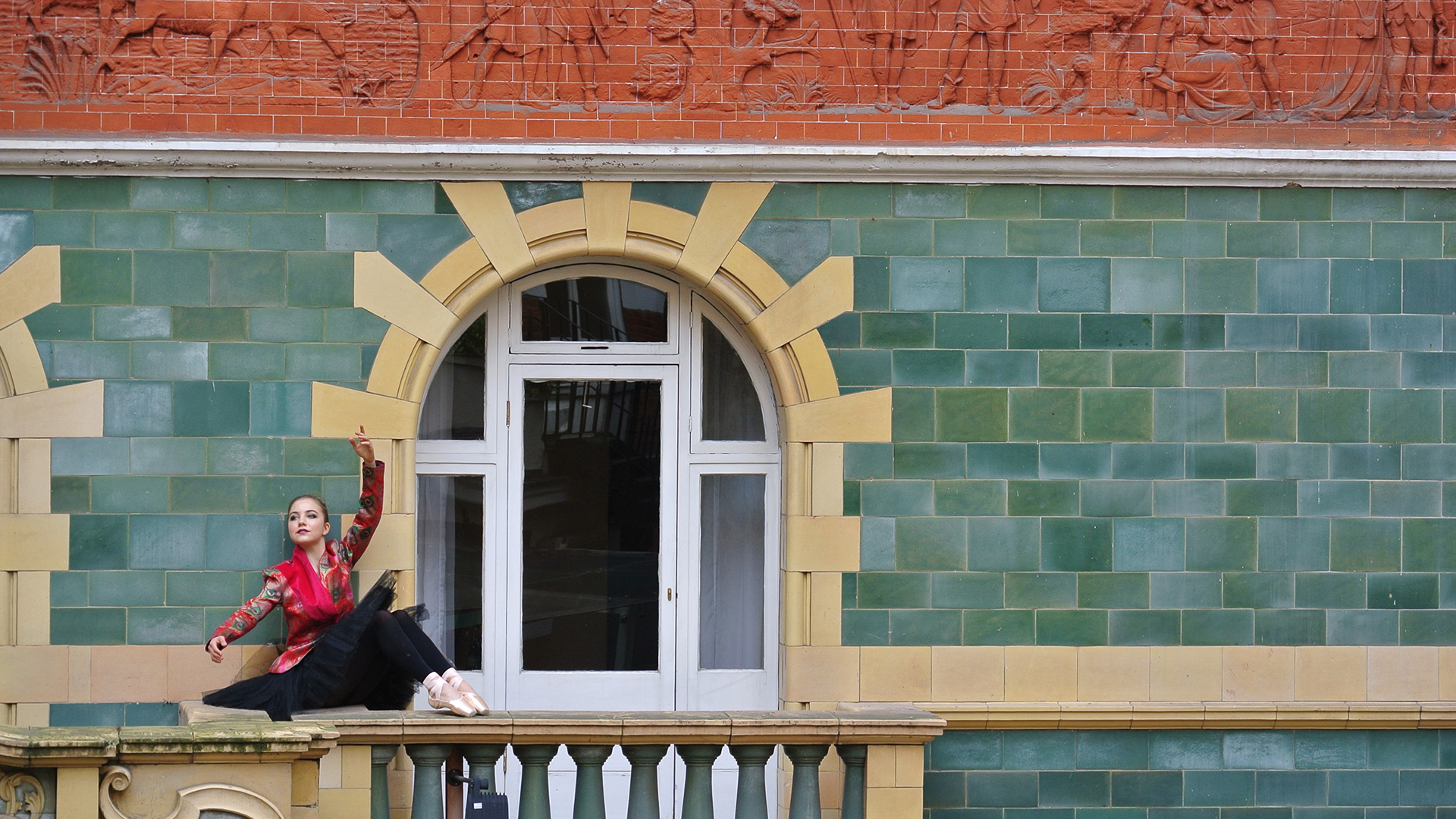
AD: What inspired you to create House of Gharats?
Neishaa Gharat: House of Gharats was born out of the love of living an artful life with a purpose. It’s a design house fusing cultures, and blurring the lines between art and fashion—producing a delightful approach to everyday dressing and living.
AD: How does your work reinterpret Indian art and craft techniques?
NG: I am fascinated by the future of making in a globalized world. Our designs use traditional skills that reveal an imaginative reinterpretation of traditional craft skills through contemporary designs. For example, we worked with traditional mask makers to create a hat for Ascot.
AD: Has India influenced you?
NG: I use the expression a lot—I am a Bombay girl! India is my janmabhoomi and London mykarmabhoomi. The past and the present co-exist. The arts, crafts and textiles of India influence me because its culture reveals such a fascinating and stark dichotomy between tradition and modernity.
AD: How well does the British audience connect with your work?
NG: The audiences have been very supportive. The British people, and their shared history and heritage with India, has left a huge audience interested in a new cultural exchange. And that keeps me going.
AD: How do you plan on carrying forward this concept of mixing art and fashion, especially in terms of the Indian techniques used?
NG: Currently a big focus for us is the region of West Bengal in India due to my role with the West Bengal Government of India’s initiative Biswa Bangla. It supports over 10,000 artisans, crafts people and weavers. We are working with one of the oldest art forms of storytelling in Indian culture, Patachitra,and creating fashion apparels and accessories in Italy, and wallpaper, home textiles and ceramics in Britain.
AD: The recent exhibition (Gods and Demons) you put up in collaboration with ‘Biswa Bangla’ made waves across UK and received a tremendous response. What was it about and what inspired it?
NG: Like the arts and crafts of West Bengal, Gods and Demons is a topic that remains relevant in the 21st century. The private opening reception in London continued through the guided tours during the course of the exhibition. The presence of two artisans enlivened the atmosphere of the exhibition, as well as provided a hands-on essence of the arts and crafts. Over the week it was wonderful to watch Shankar Das transform a single block of wood into a beautifully formed depiction of the Goddess Durga. Suman Chitrakar has been magnificent in performing his traditional songs. Their demonstrations provided an atmospheric backdrop to the stories and tales surrounding the powerful pieces that made up the exhibition. After a glorious week in London, the artists held live demonstrations and workshops at the Museum of Edinburgh and at the opening weekend of the Southside Fringe festival at Art Village in Glasgow.
AD: How can we get our hands on some of the amazing collections from House of Gharats?
NG: Two places—our online shop or the boutique Taj Khazana, St. James Court in London.
Edited by Tora Agarwala.

